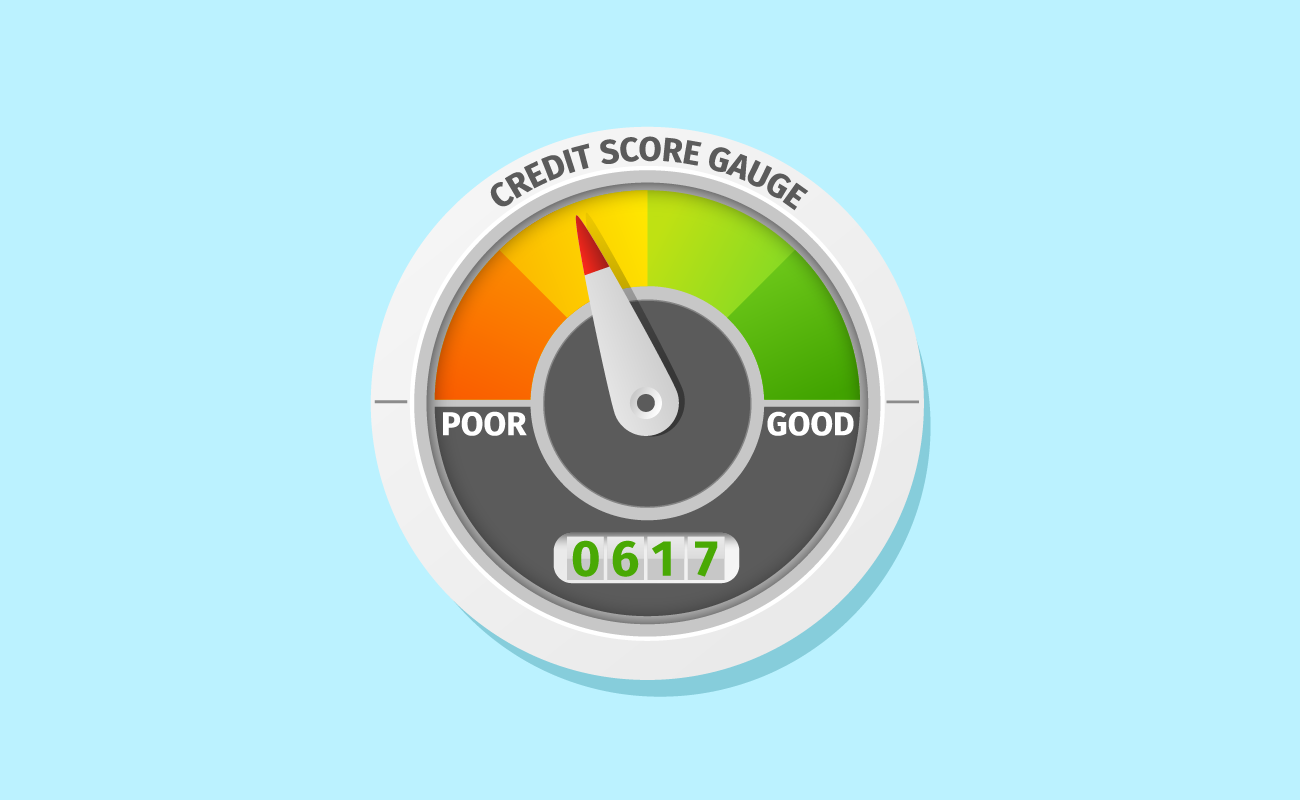
Are you buying a house or car? If so, we also offer custom calculators for home loans & automotive loans.

See Current Columbus Rates
For your convenience current personal loan rates, auto loan rates and Columbus mortgage rates are published below to help borrowers see local rates and connect with a lender.
This personal loan calculator figures regular amortizing loan payments & the total interest due throughout the course of the loan based on the loan amount, down payment, interest rate, loan term & payment frequency. You cam also optionally include any financing fees or sales tax in your principal. If a loan is not for a specific purchase you can leave the purchase price & sales tax fields blank.
The following table shows current Columbus 30-year mortgage rates. You can use the menus to select other loan durations, alter the loan amount, change your down payment, or change your location. More features are available in the advanced drop down.
The ideal way to acquire things is to save and then pay with cash. But often times because of various circumstances, cash is not possible. It’s a challenge to save $10,000-$20,000 for a car and almost impossible to save cash to buy a house outright. That’s when borrowing money becomes a good option.

Financing which is used to help grow income may in some cases be quite beneficial for consumers. However loans which are used to fund vacations and other consumables are typically a bad deal for consumers, because they pull forward tomorrow's wages and spend them today, requiring the sum to be paid back with interest. The cost of such debt is not just monetary, but also includes stress and potential health issues.
One of the most important steps before applying for a loan is to know your FICO credit score. The range is 300 to 850, and the higher the score the better. The score is calculated from your past credit history. Things like on- time payments, available credit, amount owed and type of credit are all considered in the formula that displays your credit worthiness.

"Almost" Free!
Don’t fall for those sites that have “free” in their name. They are not free.
The official place to find your credit score is AnnualCreditReport.com. You are allowed one free credit report a year from each of three credit agencies – TransUnion, Experian and Equifax. You can access all three at the same visit or you can opt to visit three times a year and download the report from one agency at a time.

If your credit score is not a shining star, you may want to postpone the loan or be prepared for a high interest rate. The lender offers lower interest rates to those with high scores because they present less risk of default. To improve your credit score, make all payments on time and eliminate as much of your debt as possible. The lower the ratio of debt to available credit the better.
If you pay off a credit card, don’t cancel it because it will increase your ratio. This ratio makes up 30% of your credit score. Read the examples in the next paragraph to see how easily someone can make a mistake…
For instance, let’s assume you have three credit cards, one with a $5,000 limit, the second with a $7,000 limit and the third with an $8,000 limit. This makes your total available credit $20,000.
If the total amount you owe on all three cards is $10,000 your debt to available credit ratio is 50%. ($10,000/ $20,000).
If the third card with the $8,000 limit had a balance of $2,000 and you paid it off and cancelled the card, your debt ratio would rise to 66% because you eliminated a large portion of your available credit. ($8,000/ $12,000) But if you did not cancel the card, your ratio would fall to 40% ($8,000/ $20,000).

Prefer to Calculate Offline?
Prefer to calculate offline? See our free Simple Excel loan calculator.
Besides your credit score, the lender will look at your income and work history. Be prepared to provide pay stubs, bank statements or tax returns. Remember, the lender is the one taking on risk and needs to verify that you can repay the debt.
A loan can be either secure or unsecured. A secure loan is one where the borrower provides collateral, meaning something of value that could be exchanged for the debt. A car loan and a home mortgage are secure loans because the lender holds the car title or the home deed to the title until the loan is paid in full. If the borrower defaults, then the lender can take the car or the property and sell it to satisfy the debt. For these loans, the more money paid up front, the better.
Conversely, an unsecured loan is one without collateral. These are generally personal loans and are more difficult to obtain. You have a better chance of qualifying for a personal loan if your credit score is high to very high, but these are not common and provided in relatively small dollar amounts. For all “non-secured” type of loans, income history and all documentation must be provided without any missing information in order to lessen the chances of getting looked over. It's essential to be an individual that is seen as reliable, stable, and certainly able to pay without any problems. Any issues with reliability will either lead to loan refusals or loans offered at a higher rate of interest to offset the perceived increase in risk. Some lenders, like credit card companies, may call credit lines if payment terms are not met or there are other adverse variables which impact the borrower or broader market.
Explore conventional mortgages, FHA loans, USDA loans, and VA loans to find out which option is right for you.
Check your options with a trusted Columbus lender.
Answer a few questions below and connect with a lender who can help you save today!